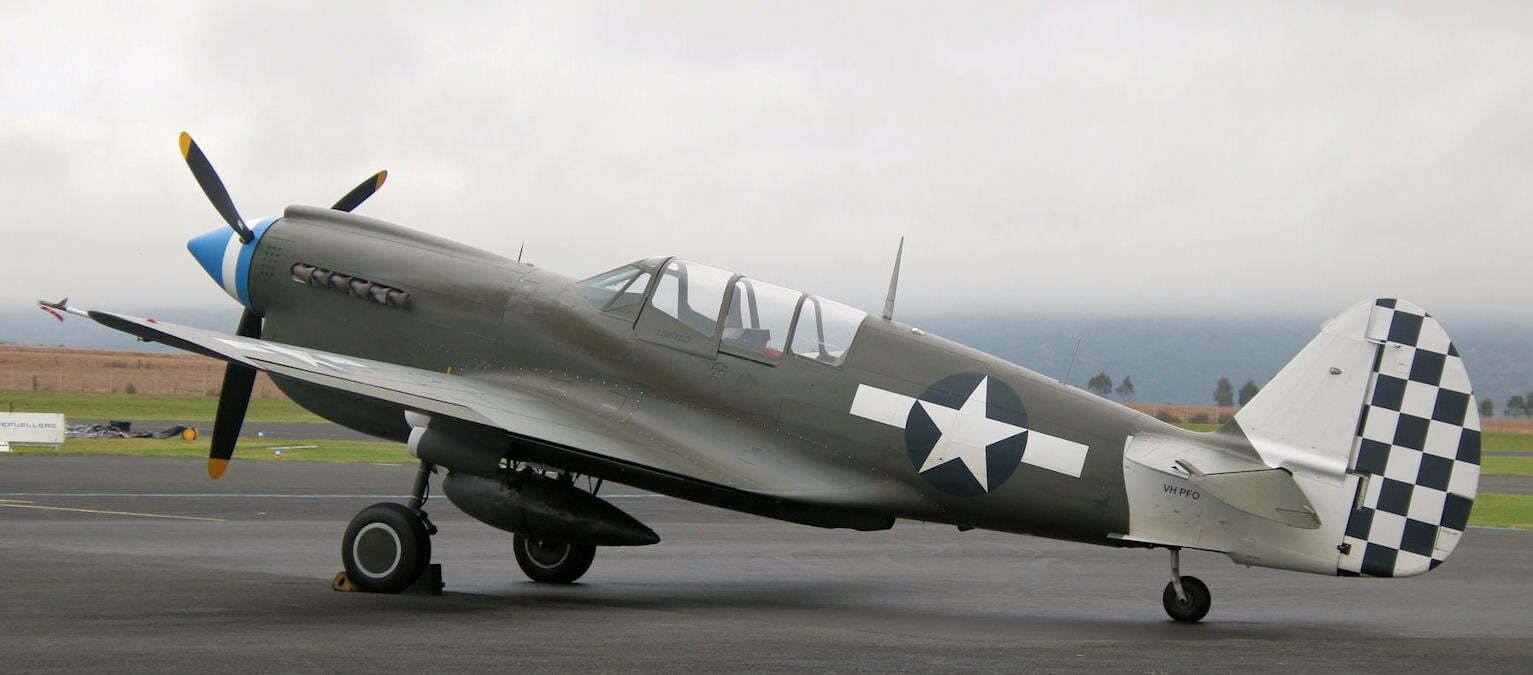Category: Army
-
Australian War Memorial Canberra

Australian War Memorial Canberra’s most popular attraction, the Australian War Memorial is an outstanding tribute to the men and women who have served in the Australian Defence Forces since federation. Access to some galleries is currently limited (2022) because the Memorial is undertaking a major renovation. During this period some exhibits are in storage. However,… Read more
-
Warbirds Over Scone Air Show 2022

Warbirds Over Scone Air Show 2022 Having purchased tickets pre-covid, we were pleased to be finally going to the Warbirds Over Scone 2022. Unfortunately, the wet weather that has plagued the summer in Eastern Australia paid a visit. The Sunday we attended was particularly wet. Constant showers and low cloud cover resulted in no planes… Read more
-
ANZAC Parade Memorials Canberra

ANZAC Parade Memorials Canberra Leading up to the Australian War Memorial, ANZAC Parade in Canberra contains memorials honouring those who served in Australia’s armed services. The best way to see all of the monuments is to walk the length of the Parade. We parked in the Constitution Avenue car park, so that we could walk… Read more